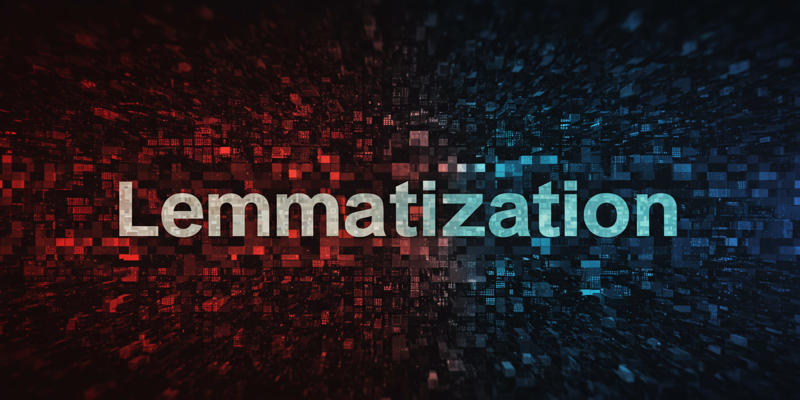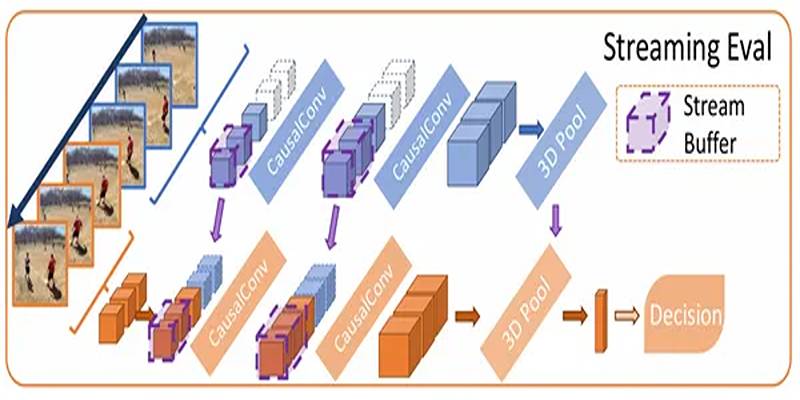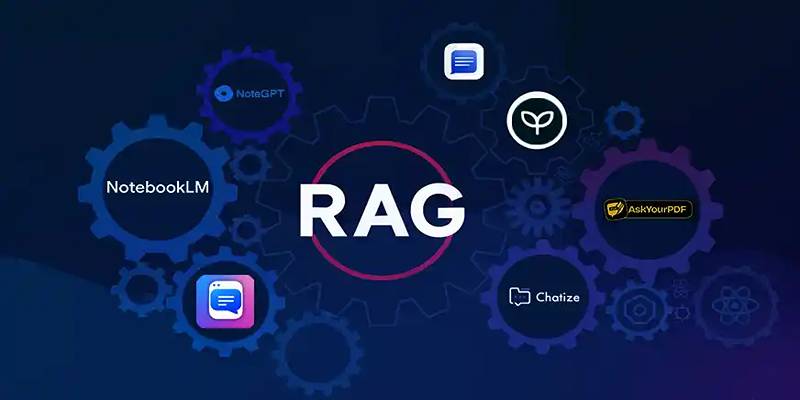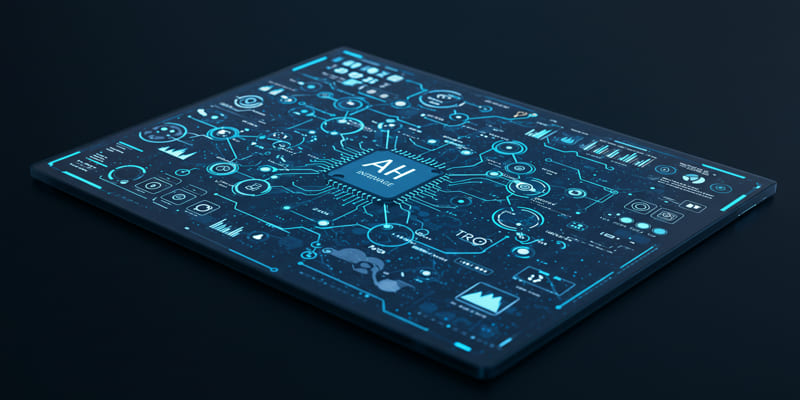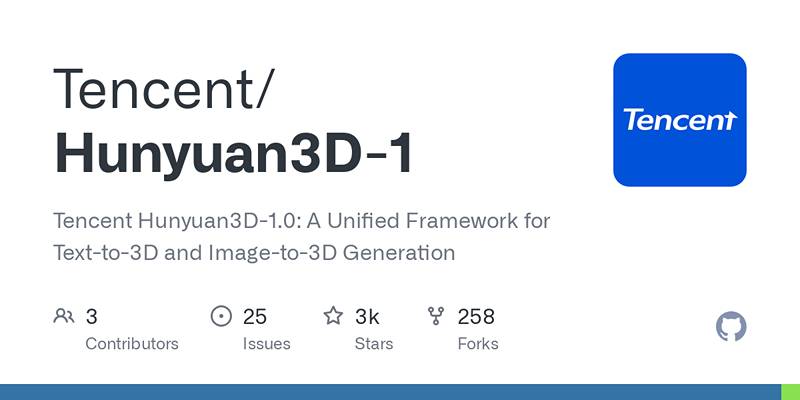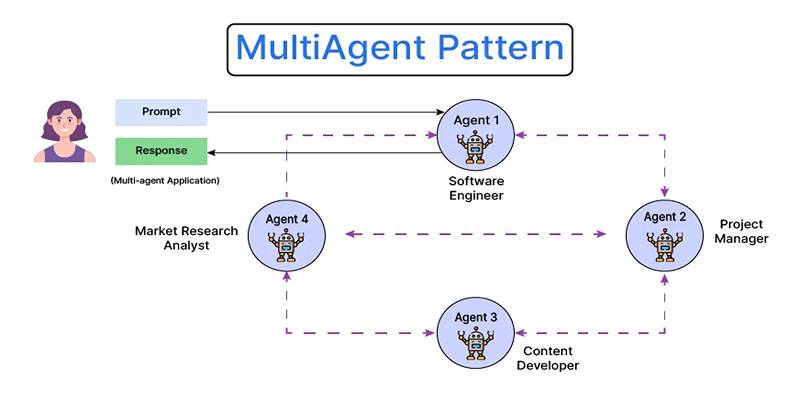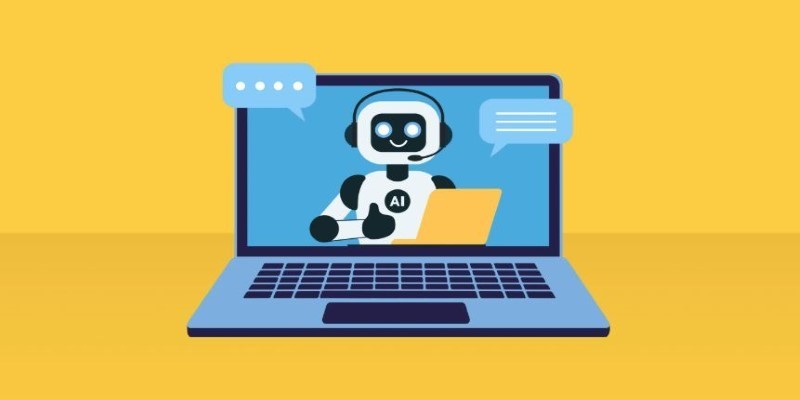You don’t need a reminder—time is always slipping. Between endless to-do lists, interruptions, and daily demands, staying focused feels impossible. If you’re constantly chasing tasks and deadlines, you’re not alone. But imagine if the chaos eased. What if something handled the repetitive work, small decisions, and digital noise without you micromanaging?
That’s what a time-saving AI offers—not hype, but practical help. It doesn’t replace you; it frees you. It sharpens your focus and gives your time real purpose. If you're worn down by the unnecessary, it's time to reclaim your day with the quiet power of an AI that works with you.
What Makes Time-Saving AI So Different from Other Productivity Tools?
Let’s be honest—there’s no shortage of apps and systems promising to make your day smoother. From sticky notes on screens to calendar reminders and automation widgets, we’ve all tried something. And yet, most of those tools still require you to be actively involved. You’re still scheduling, clicking, updating, reminding. At best, they assist. At worst, they become another task to manage.
Time-saving AI is not just another entry in your digital toolbox. It adapts to your working patterns. It watches how you communicate, write, schedule meetings, and interact with content. Over time, it learns what to prioritize, filter, and suggest before you even ask for it. And it does this not just with speed but with context.
Unlike traditional productivity tools, a time-saving AI doesn’t just follow commands—it predicts intent. It can summarize an email thread, extract action points from meetings, draft content that sounds like your voice, and even schedule tasks around your peak productivity hours. And the beauty is that the more you use it, the better it gets at tailoring itself to your needs.
It’s also worth noting that this AI doesn’t throw jargon or complexity at you. The best ones are almost invisible. You don’t need to "learn" how to use them—they just fit in. That's where the true edge lies. You gain back time not by managing another tool but by letting the AI slip into your existing workflow and clean up the mess silently.
Real Results in Real Time: The Practical Power of AI for Busy People
When you break down your day, how much of it goes toward high-effort but low-impact activities? Think reports, emails, note-taking, research, and planning—all necessary but often mechanical and repetitive. Time-saving AI doesn't eliminate the work—it absorbs the grind.

Say you’re preparing a report. Normally, you'd need to pull data, format it, write summaries, review it all again, and maybe send follow-ups. With a trained AI assistant, most of that pipeline is compressed. The AI can grab your data, interpret it, and write a draft summary. You edit, finalize, and move on. What took two hours now takes twenty minutes.
Or maybe you're handling customer inquiries. Instead of typing the same replies over and over, the AI understands intent, pulls in the right tone and content, and offers a suggested response. You just approve and send. The interaction is still yours—it’s just lighter.
And let’s talk about meetings. How many times have you finished a meeting only to realize you forgot to write down the key points? AI tools now transcribe in real-time, isolate decisions, and send action steps automatically to everyone involved. No more “What were we supposed to do next?” moments.
Even when it comes to creative work, the AI acts like a smart collaborator. Need to brainstorm ideas, outline an article, or plan a launch? It’s not just regurgitating content—it builds drafts that match your tone, context, and goal. You spend less time starting from zero and more time refining.
What’s more, this isn’t some rare luxury. These capabilities are becoming accessible, affordable, and easy to integrate. Whether you're a solopreneur or managing a team, your AI secret weapon doesn’t need a learning curve or a massive setup. It just needs a place in your day-to-day habits.
Where AI Ends, and You Begin?
It’s easy to over-romanticize AI. It’s also easy to dismiss it as a threat. The truth is more balanced. AI won’t do your thinking, your caring, your strategizing. That’s still your territory. But it will be a clear space for you to do those things better. And in that sense, it's not about replacing your intelligence—it’s about rescuing it.

The best way to view a time-saving AI is as a quiet partner. It doesn’t shout. It doesn’t brag. But it notices things. It keeps track. It makes fewer mistakes. It doesn’t get tired of routine. And because of that, you get to shift your energy from low-value chaos to high-value clarity.
Even among the latest productivity tools, time-saving AI stands apart. It’s not a gimmick or a hype train—it’s a structural change in how you manage your hours. It doesn’t matter whether you’re answering emails, writing content, coordinating meetings, or analyzing numbers. The grind is real—but it no longer has to be yours.
There’s something quietly powerful about knowing your work is getting done, even when you’re not micromanaging every piece of it. That peace of mind is more valuable than any dashboard or progress bar. And once you’ve experienced what a truly intuitive AI can do, it’s very hard to go back to manual mode.
Conclusion
Time-saving AI isn’t just a tech upgrade—it’s a shift in how you handle your day. When the routine is automated and the clutter removed, what’s left is space for real focus. You regain control of your schedule, your output improves, and stress begins to fade. With the right AI in place, your effort becomes more deliberate and your time more respected. It’s not about doing more—it’s about doing better with less friction. This is your moment to reclaim your hours and move smarter, not harder. Your AI secret weapon is ready—let it work while you lead.

